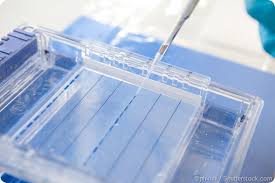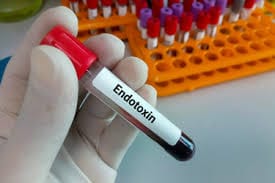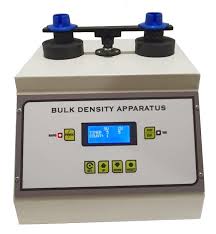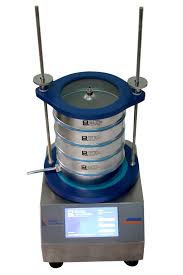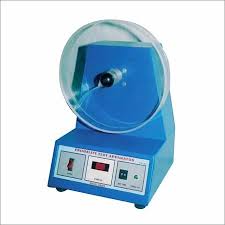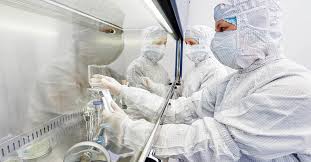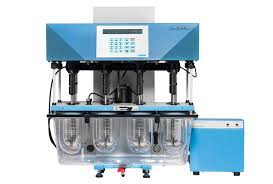|
Getting your Trinity Audio player ready... |
Q4b Annex 10(R1) Polyacrylamide Gel Electrophoresis General Chapter
1. INTRODUCTION: Polyacrylamide Gel Electrophoresis
Polyacrylamide Gel Electrophoresis:This document is the outcome of the Q4B process for the Polyacrylamide Gel Electrophoresis (PAGE) General Chapter. The proposed texts contained within this annex were submitted by the Pharmacopoeial Discussion Group (PDG). The intention of this annex is to establish a set of common standards for Polyacrylamide Gel Electrophoresis methods across the International Council for Harmonisation (ICH) regions, allowing for the interchangeability of specific pharmacopoeial methods in different jurisdictions. This will facilitate the global application and acceptance of standardized methods for PAGE testing, which is widely used in the biotechnology and pharmaceutical industries for the separation of proteins and nucleic acids based on their size, charge, or other characteristics.
2. Q4B OUTCOME
2.1 Analytical Procedures
The ICH Steering Committee, based on the evaluations carried out by the Q4B Expert Working Group (EWG), has recommended that the official pharmacopoeial texts related to Polyacrylamide Gel Electrophoresis from various pharmacopoeias be considered interchangeable across the ICH regions. These include:
- European Pharmacopoeia (Ph.Eur.) 2.2.31: Electrophoresis, with the sub-section entitled Sodium Dodecyl Sulphate Polyacrylamide Gel Electrophoresis (SDS-PAGE)
- Japanese Pharmacopoeia (JP) General Information 23: SDS-Polyacrylamide Gel Electrophoresis as found in the JP Fifteenth Edition
- United States Pharmacopeia (USP) <1056>: Biotechnology-derived Articles – Polyacrylamide Gel Electrophoresis
This recommendation means that these texts, all of which describe methods for SDS-PAGE, can be utilized interchangeably for testing across the regions that adhere to the ICH guidelines. The interchangeability of these methods facilitates global consistency in testing and regulatory submissions, helping to ensure the reliability and comparability of results.
2.2 Acceptance Criteria
The texts that were evaluated in the Q4B process did not contain explicit acceptance criteria. This omission means that, while the procedural methods themselves are aligned, the criteria for evaluating the results of those methods might differ based on specific regional regulatory requirements. As a result, manufacturers or sponsors may need to consult regional guidelines to ensure that their results meet the necessary standards for approval.
3. TIMING OF ANNEX IMPLEMENTATION
The annex will be incorporated into the regulatory processes of each ICH region as it moves through the ICH Step 5 implementation phase. The timeline for implementing this annex may vary depending on the region. Once implemented, it will allow sponsors, manufacturers, and regulators to refer to the updated guidelines as part of their regulatory processes for drugs and biologics that rely on Polyacrylamide Gel Electrophoresis testing.
4. CONSIDERATIONS FOR IMPLEMENTATION
4.1 General Considerations
When pharmaceutical sponsors or manufacturers decide to switch from their existing methods to those outlined in the Q4B-evaluated pharmacopoeial texts referenced in Section 2.1, they will need to adhere to the regulatory mechanisms in place within their respective regions. Any changes in the methods will require proper notification or approval in accordance with local regulatory rules. This may involve notifying the relevant health authorities, submitting variation applications, or undergoing prior approval procedures depending on the jurisdiction.
It is essential that all manufacturers remain in compliance with the pharmacopoeial methods for electrophoresis as they are evaluated by the Q4B process, as any deviations or unapproved methods may lead to delays in approval or regulatory concerns.
4.2 FDA Considerations
In the United States, the Food and Drug Administration (FDA) may request that companies demonstrate the suitability and acceptability of their chosen Polyacrylamide Gel Electrophoresis method, even if it is derived from one of the pharmacopoeial texts listed in Section 2.1. This means that, while these methods can be considered interchangeable, the FDA reserves the right to ask for additional evidence to show that the chosen method is valid and appropriate for a specific product or material. This ensures that the method used is not only technically sound but also suitable for the particular application in question.
4.3 EU Considerations
For the European Union (EU), the regulatory authorities may accept references to pharmacopoeial texts from other jurisdictions, provided that the conditions outlined in this annex are met. This means that, in the case of a marketing authorisation application, renewal, or variation, manufacturers may refer to the pharmacopoeial methods from another region, such as the USP or JP, as long as the method fulfills the requirements for compliance with the Ph. Eur. Chapter 2.2.31, which addresses electrophoresis. This flexibility enables manufacturers to utilize internationally accepted methods while maintaining compliance with EU regulations.
4.4 MHLW Considerations
The Ministry of Health, Labour, and Welfare (MHLW) in Japan will also accept the pharmacopoeial methods referenced in Section 2.1 as interchangeable, provided that the conditions specified in this annex are followed. The exact details of the implementation requirements will be outlined in the MHLW notification when the annex is fully incorporated into the regulatory process in Japan. Manufacturers will need to stay informed about any updates or specific requirements that may arise once the annex is implemented in the Japanese context.
4.5 Health Canada Considerations
In Canada, the pharmacopoeial texts referenced in Section 2.1 of this annex can be used interchangeably, as long as they are in compliance with the conditions outlined. This means that Canadian manufacturers can reference the appropriate pharmacopoeial methods from Ph. Eur., JP, or USP when submitting regulatory applications, without needing to provide separate justifications for their methods, as long as they meet the established conditions of interchangeability.
5. REFERENCES USED FOR THE Q4B EVALUATION
The Q4B evaluation process relied on several key documents and pharmacopoeial references to assess the appropriateness and alignment of the Polyacrylamide Gel Electrophoresis methods across different jurisdictions. These references include:
5.1 The PDG Stage 5B Sign-Off Document
The PDG Stage 5B sign-off document from the Japanese Pharmacopoeial Forum (Volume 9, number 1, January 2000) provided the foundational basis for evaluating the compatibility of the various pharmacopoeial texts related to Polyacrylamide Gel Electrophoresis. This document is a crucial part of the historical and technical context for the Q4B process.
5.2 The Pharmacopoeial References for Polyacrylamide Gel Electrophoresis General Chapter
The following pharmacopoeial references were evaluated as part of the Q4B process:
- European Pharmacopoeia (Ph. Eur.) 6th Edition: Official as of January 2008, with reference 01/2008:20231, describing electrophoresis techniques including Sodium Dodecyl Sulphate Polyacrylamide Gel Electrophoresis (SDS-PAGE).
- Japanese Pharmacopoeia (JP): The JP General Information 23, detailing SDS-Polyacrylamide Gel Electrophoresis as it appears in the Japanese Pharmacopoeia Fifteenth Edition (official as of March 31, 2006).
- United States Pharmacopeia (USP) <1056>: Biotechnology-derived Articles – Polyacrylamide Gel Electrophoresis, official in USP 32 as of May 1, 2009.
These references served as the primary sources for the evaluation of the electrophoresis methods that would be considered interchangeable under the Q4B framework.
Conclusion
The Q4B process aims to harmonize the methods for Polyacrylamide Gel Electrophoresis (PAGE) across multiple regulatory jurisdictions, allowing for more consistent and reliable testing methods in the biotechnology and pharmaceutical industries. By recognizing the interchangeability of the pharmacopoeial texts from the European Pharmacopoeia, Japanese Pharmacopoeia, and United States Pharmacopeia, this annex supports global consistency in regulatory submissions. It also ensures that the necessary flexibility is available to accommodate regional regulatory requirements while maintaining the integrity and reliability of the methods used in protein and nucleic acid analysis.
Incorporating this annex into regional regulatory systems will help streamline approval processes, reduce redundancies, and promote greater global harmonization in the evaluation of biotechnology-derived articles and pharmaceutical products that rely on Polyacrylamide Gel Electrophoresis techniques.
